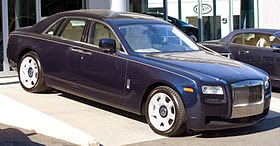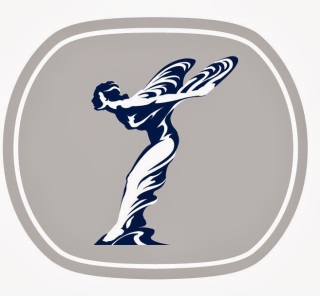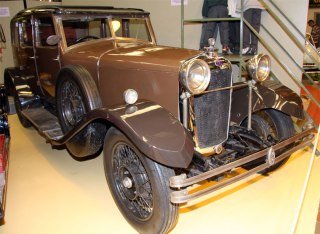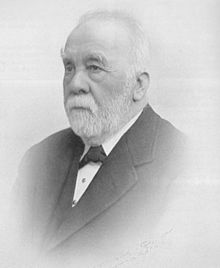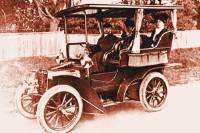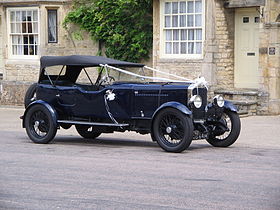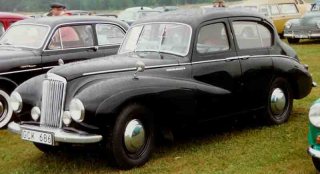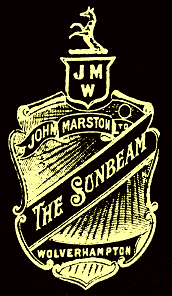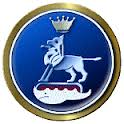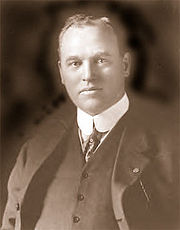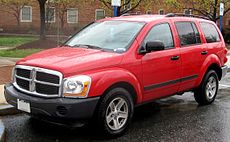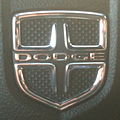Benjamin B Hotchkiss (1826 – 1885) was born in the USA and moved to France after the American Civil war.
A Hotchkiss Revolving Gun
Around 1900 , Hotchkiss entered automotive business by manufacturing and supplying engine components to car companies like Panhard-Levassor and De Dion-Bouton.
An early version of the Hotchkiss car –
Hotchkiss followed the “one model” policy till 1929 when they introduced multiple models.
In 1948, Hotchkiss bough the license of a front wheel drive technology from Gregoire and the luxury car Hotchkiss-Gregoire was introduced.
In 1955 , another Luxury model Hotchkiss Anjou was introduced.
Dwindling volumes and teething problem led to the downfall of the Hotchkiss cars.
The driveline construction of a Rear Wheel Drive vehicle design with 2 Universal joint fitted propeller shaft and the rear axle mounted on semi-elliptic leaf springs is credited to Hotchkiss and even now known as Hotchkiss drive. The Hotchkiss drive was simpler and less costly than the torque tube (De Dion Axle) of that time.
The Hotchkiss Logo – crossed cannons from the early years when they were making guns and cannons.




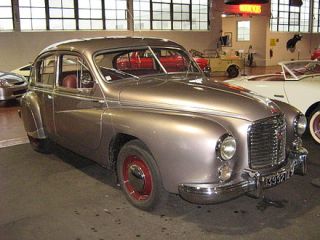







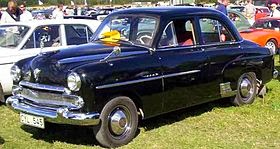
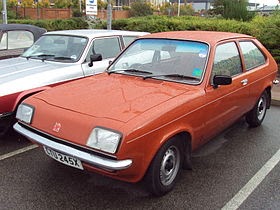
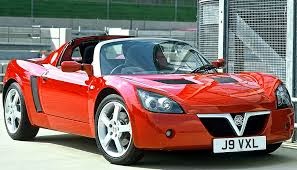
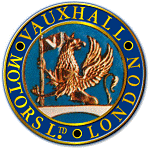
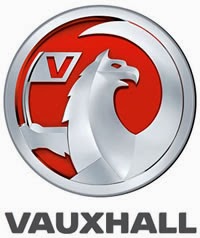
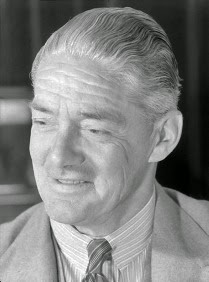












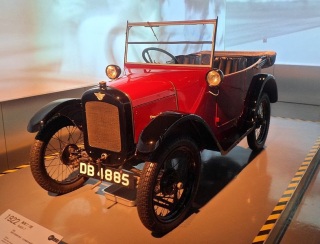


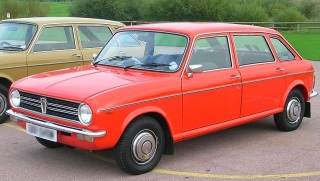


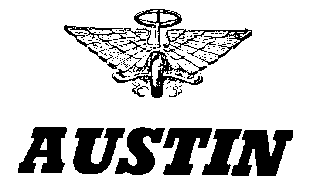



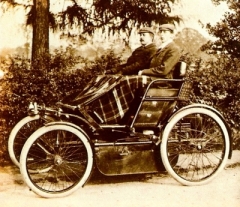
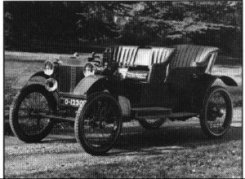
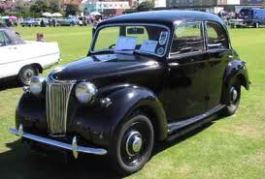
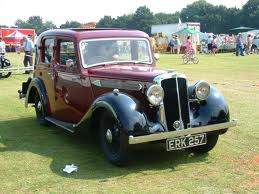
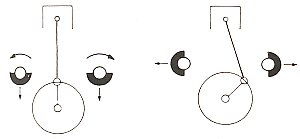









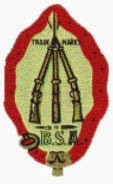


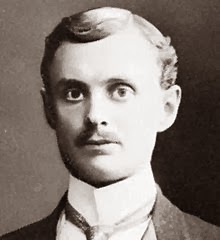


.jpg)

